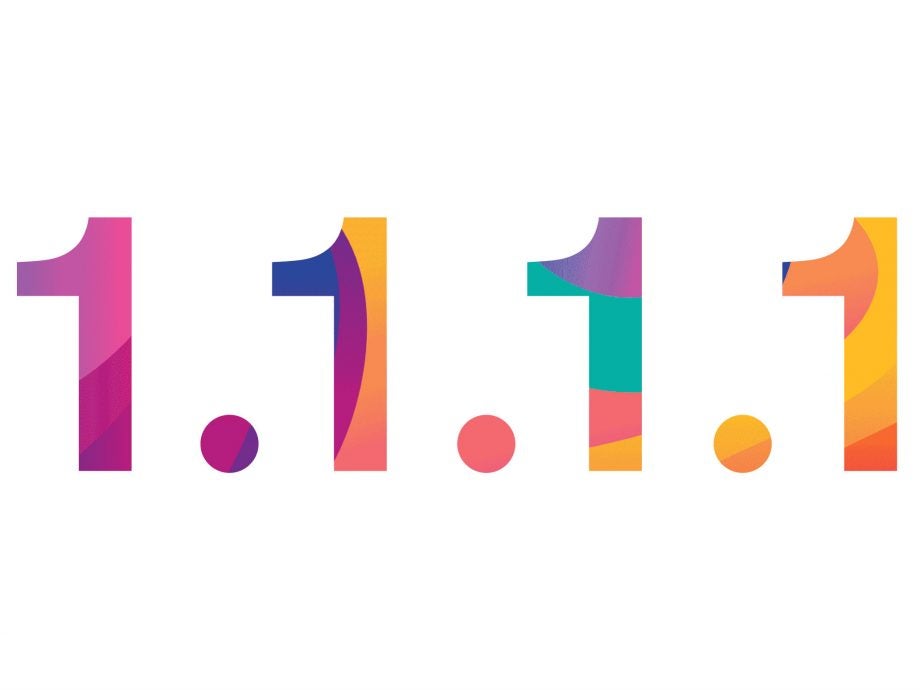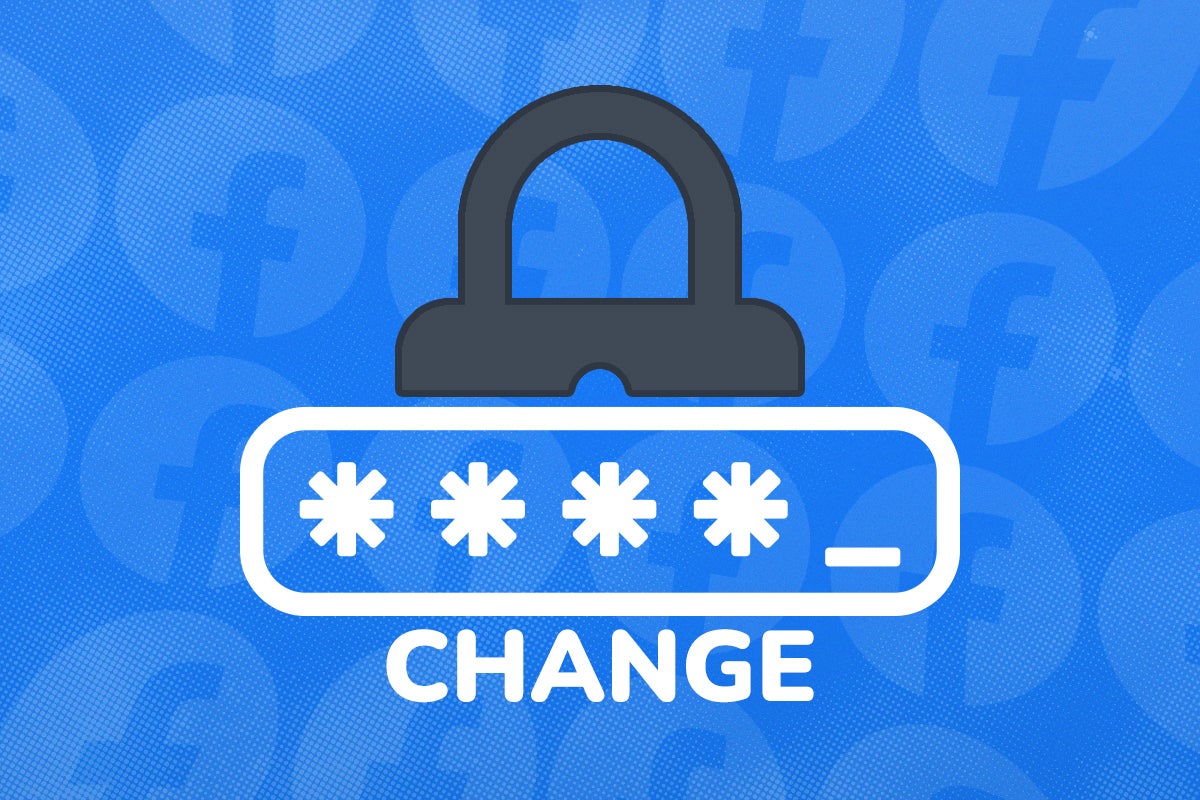What is DNS?

The Domain Name System (DNS) maps a human-friendly URL, such as www.trustedreviews.com to the numeric IP (Internet Protocol) address that identifies its server to the wider internet.
You can think of it as the internet’s telephone directory, allowing the address associated with a specific domain name to be looked up when your browser asks for it.

Kaspersky Home Security
Keep your online activity safe and private across multiple devices – without compromising speed.
Check out Kaspersky’s new security plans from just £10.99 per year
- Kaspersky
- Money back guarantee
- from £10.99
Where are DNS records stored?
Every domain name has a DNS record that indicates what IP addresses the domain and its various subdomains should direct people to. This is submitted by the domain’s administrator to its registrar – the service they registered the domain name with.
Most domain registrars also provide DNS hosting, operating name servers that hold and answer queries about what IP address your domain name points to, although you can use a third-party name server. Whichever you opt for will be the authoritative name server for that domain and will store its DNS record.
How are DNS records looked up?
When you type in a URL, a recursive DNS resolver goes to look it up. Your ISP usually handles DNS resolution for you, but you can configure your operating system to use a different resolver, such as Google’s 8.8.8.8 or Cloudflare’s 1.1.1.1.
Using a reputable third-party resolver can improve lookup speeds and reliability, evade censorship that your ISP may apply to its DNS lookups, and can be – but definitely isn’t always – less susceptible to DNS hijacking or cache poisoning attacks affecting regional DNS resolvers.
Once the DNS resolver receives your request for the IP address associated with the domain name you’ve typed into the browser bar, it then passes the query to one of the world’s 13 root name servers, each of which is actually an international network of hundreds of servers. The root zone is the highest level of internet addressing hierarchy, above even top-level domains such as .com, .net and .co.uk.
The root server tells it which top-level domain name server it should ask (.com in the case of Trusted Reviews). The resolver then sends a query to that TLD server, which tells it where the authoritative name server for that domain is. The resolver finally queries that authoritative server: the DNS host of the domain, which will finally tell the resolver what IP address it needs. This all takes less than a tenth of a second according to some old but often-cited data from Yahoo.
Going through this entire process is actually only rarely necessary, as once a resolver has looked up a domain name, it’ll cache (temporarily store) the routing information associating it with the IP address it points to. The length that this information is a cached for depends on the TTL (time to live) value in the domain’s DNS record.
Your operating system will also keep its own DNS resolution cache to further speed up browsing.
IP addresses
I’ve been referring to IP addresses as numeric, but that’s a description of IPv4, which uses 32-bit addresses that take the form of four numbers divided by dots, 192.0.2.0 for example.
Although there are about 4.3 billion potential IPv4 addresses, we started running out of them over a decade ago, and the last remaining block of addresses was released in 2019.
IPv4’s successor, IPv6, uses 128-bit alphanumeric hexadecimal addresses that are typically expressed as eight groups of numbers, such as 2001:0db8:0001:0000:0000:0ab9:C0A8:0102. It’s admittedly nowhere near as easy to remember, even though you can omit leading zeros to make it 2001:db8:1::ab9:C0A8:102 – note that the 0000 numbers disappear entirely.
IPv6 adoption and implementation remains disappointingly sluggish – I’m currently connected to an ISP that’s failed to implement it correctly. However, the technology is mature and the format allows for 340 trillion trillion trillion unique IP addresses, so we’re profoundly unlikely to run out, ensuring the future stability of internet addressing.
Every internet connection has an IP address. Some ISPs, especially mobile broadband providers, rotate IP addresses between their user pool (dynamic IP address allocation), so you won’t always have the same IP address. Others, particularly fixed location lines, usually have static IP addresses – a single IP address that always points to your connection – that can be used to reliably serve content to the outside world.
Your router similarly gives every device on your local network an internally unique IP address, typically in the 192.x.x.x range, but these are only for internal network addressing.

Kaspersky Home Security
Keep your online activity safe and private across multiple devices – without compromising speed.
Check out Kaspersky’s new security plans from just £10.99 per year
- Kaspersky
- Money back guarantee
- from £10.99
Content Delivery Networks
These days, it’s uncommon for major websites that get a lot of outside traffic to have all of it reach them via a single IP address. Instead, many sites use a content delivery network (CDN) such as Akamai, Cloudflare or Fastly.
These services conceal the actual IP address that your server lives on. Their name servers route traffic via IP addresses that the CDN owns, which then route traffic to the origin server (that is, the server that actually hosts the site) as efficiently as possible.
Using a CDN not only protects against threats such as Distributed Denial of Service (DDoS) attacks by splitting traffic across multiple IP addresses without revealing the origin server’s real address, but also means that load speeds can be improved by directing users in different parts of the world via a local datacentre operated by the CDN.
CDNs can also cache – hold short-term copies of – web page content at their datacentres, allowing it to be more rapidly served to a site’s many users without having to be fetched from the origin server every time.
Combined with technologies such as file compression and script minification (in which code in languages including HTML and JavaScript is reduced to a version that uses a few characters as possible, saving bandwidth), a CDN can provide significant performance improvements.







